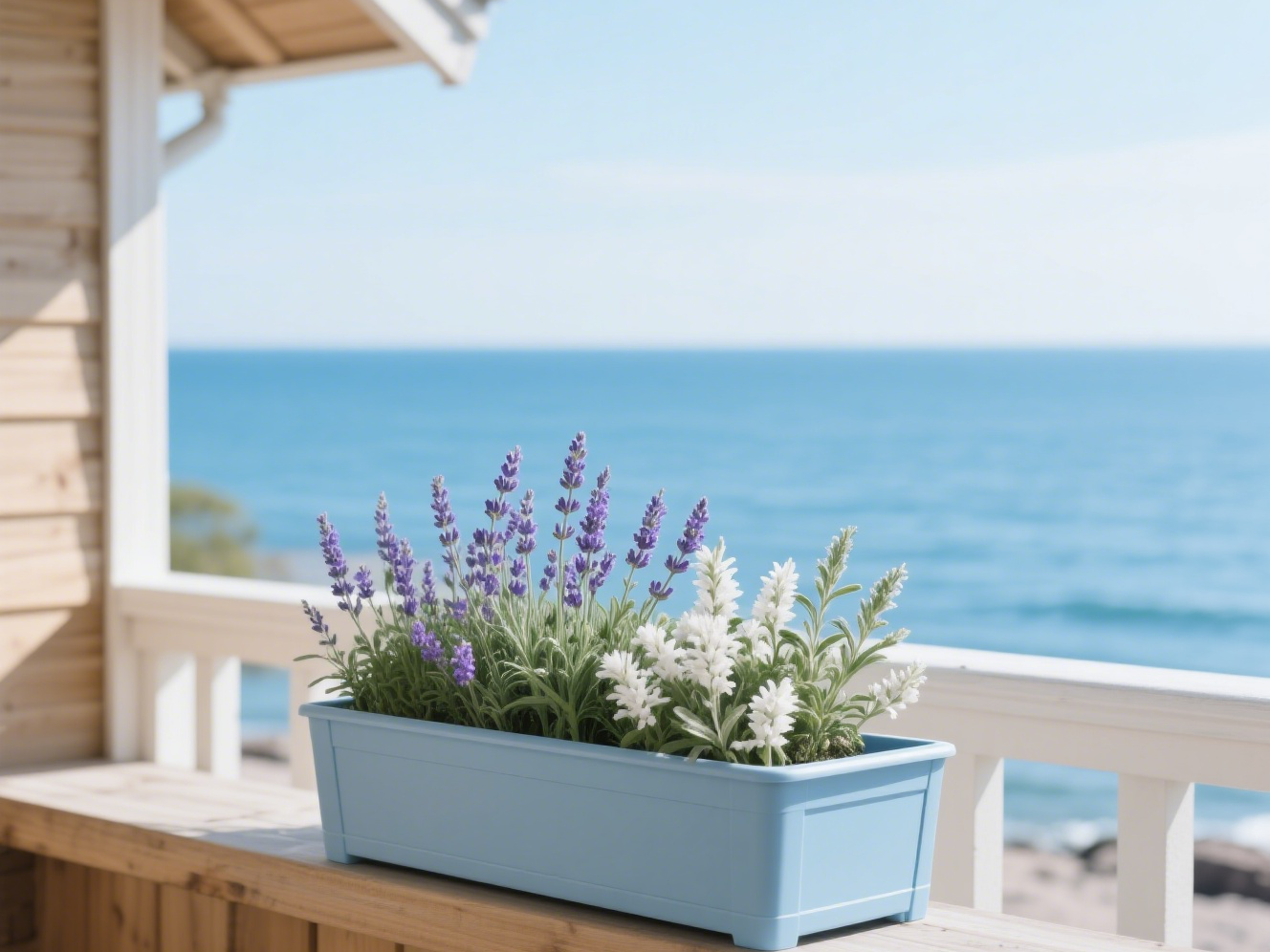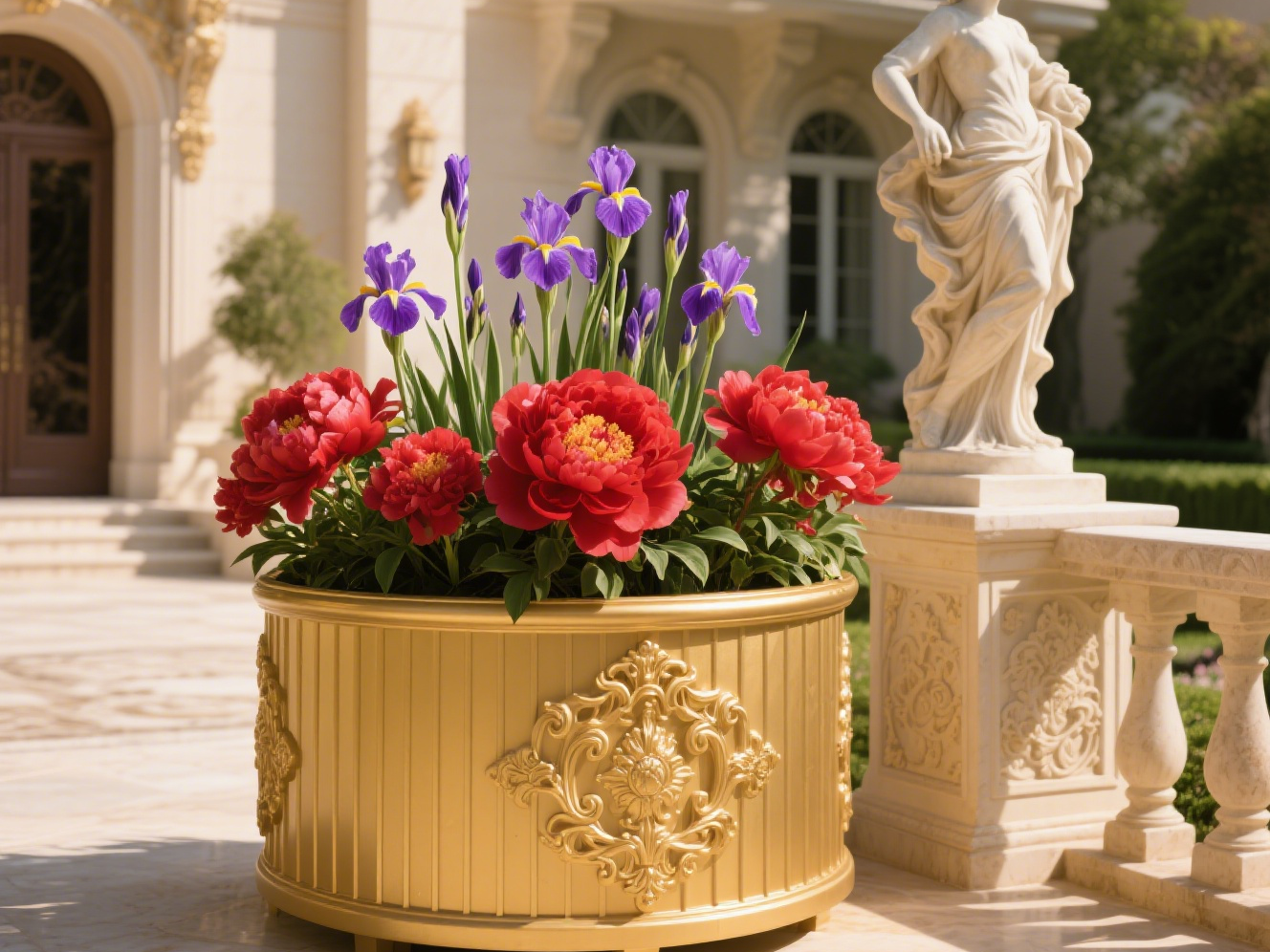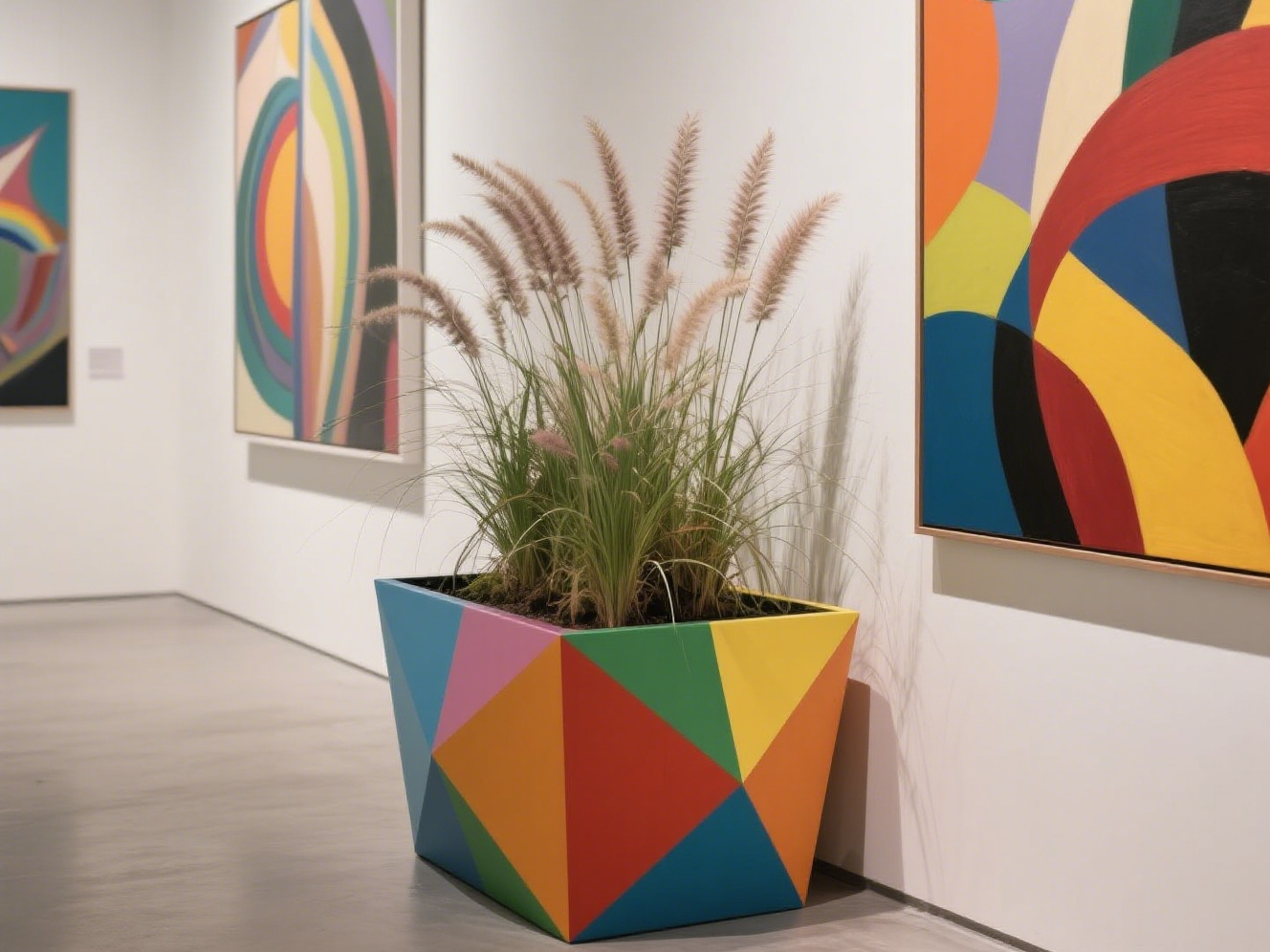In the heart of Brooklyn, New York, the Bedford-Stuyvesant community garden tells a story of transformation. Two years ago, volunteers struggled with rotting wooden beds and vandalized metal planters. “Our garden was falling apart until a local contractor suggested PVC planters,” says garden coordinator Maya Thompson. “Now, our 40+ PVC planter boxes feed 200 families weekly, and the graffiti-proof surfaces have deterred vandalism.” This narrative exemplifies how PVC planters are reshaping urban agriculture and community dynamics across America.
Urban Farming Revolution: Overcoming Space and Resource Constraints
In dense urban areas, PVC planters offer a practical solution to limited space. In Chicago’s Pilsen neighborhood, the “Vertical Village” project uses wall-mounted PVC planters to convert blank building facades into edible gardens. “Each 4x2ft PVC planter holds 12 heads of lettuce or 6 tomato plants,” explains project manager Jaime Rivera. “We’ve turned 10 buildings into vertical farms, producing 500lbs of produce monthly.”
The material’s lightweight nature is key for urban installations. In San Francisco, where earthquake codes restrict heavy structures, architect Kevin Lee designed a rooftop PVC planter system for a senior living community. “Each planter weighs just 8lbs when empty, making them earthquake-safe. The seniors love tending to them—no heavy lifting required.”

Community Building Through PVC Gardening
Beyond agriculture, PVC planters are fostering social connections. In Atlanta’s West End, the “Grow Together” initiative provides free PVC planter kits to residents. “We host planter-building workshops where neighbors learn, laugh, and share tips,” says organizer Dr. Tanya Washington. “One resident even started a ‘plant swap’ using her PVC planters as display shelves—now the whole block participates.”
In Seattle, a group of refugees used PVC planters to recreate traditional gardens. “Many came from rural backgrounds, and gardening was a way to cope with urban life,” explains volunteer coordinator Lina Osman. “PVC planters let them grow culturally significant crops like okra and eggplant, even on tiny balconies. It’s been life-changing.”
Commercial Applications: From Cafes to Corporate campuses
PVC planters have also made inroads into commercial spaces. In Portland, Oregon, the trendy “Roots Cafe” uses sleek white PVC planters to create an indoor herb garden. “Customers love picking fresh basil or mint for their drinks,” says owner Alex Tran. “The planters are easy to clean, and the non-porous surface prevents bacterial growth—perfect for a food setting.”
Corporate campuses are embracing PVC for aesthetic and practical benefits. Google’s Mountain View campus features a 200-ft PVC planter wall in its courtyard. “The planters are filled with native California plants, and their uniform design matches our modern architecture,” says landscape architect Elena Kim. “Plus, the self-draining design means no maintenance during rainy seasons.”

Innovations Driving Adoption: Tech and Design Breakthroughs
Technological advancements are fueling PVC planter innovation. In Boston, a startup called “GrowSmart” has developed IoT-enabled PVC planters with built-in soil sensors. “Users get alerts on their phones when plants need water or fertilizer,” says CEO David Chen. “Our PVC planters have a 90% higher plant survival rate than traditional ones.”
3D printing is another frontier. In Houston, architecture students used 3D-printed PVC to create custom-shaped planters for a wheelchair-accessible garden. “We designed planters with curved edges and built-in handles, specifically for users with limited mobility,” says student lead Marissa Patel. “The flexibility of PVC allowed us to prototype and iterate quickly.”
Overcoming Stigmas: Perception vs. Reality
Despite growth, PVC faces misconceptions. “Some people still think PVC is flimsy, but our stress tests show it can hold 200lbs without warping,” says Tom Wilson, a manufacturer in Dallas. To address this, companies like StrongPlanter offer lifetime warranties and crash-test videos on social media.
Environmental concerns are also being addressed. A new generation of bio-based PVC planters, made from sugarcane derivatives, has emerged. “Our bio-PVC planters decompose safely after 10 years, but perform just like traditional PVC,” says eco-entrepreneur Maya Singh in Denver. “Restaurants love them for temporary pop-up gardens.”

As Maya Thompson walks through the Bedford-Stuyvesant garden, she points to a mural painted on a PVC planter wall. “This used to be a graffiti hotspot, but now it’s a canvas for local artists,” she smiles. “PVC planters didn’t just grow food—they grew a community.” From inner cities to corporate campuses, PVC planters are proving that functional design can nurture both plants and human connection, one durable, versatile box at a time.
